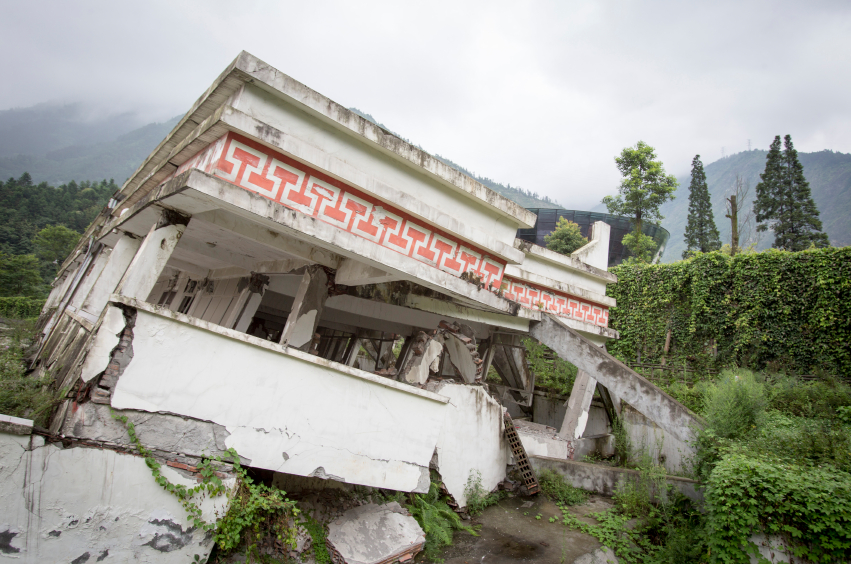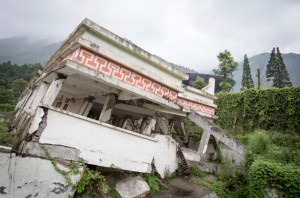Last week, the residents of Northern California were shook by a 5.7 earthquake that, fortunately, did not cause any major damage or injuries.
The recent earthquake did however serve as a vivid reminder that people in certain parts of the U.S. face risks from earthquakes and should invest in earthquake insurance coverage, according to the Insurance Information Institute.
For resident living in these certain areas of the country, earthquake insurance is vital for securing financial security in the event of a natural disaster as earthquakes are not covered under standard U.S. homeowners or business insurance policies.
Coverage is usually available for earthquake damage in the form of a supplemental policy to homeowners or business insurance and available from private insurance companies. This type of coverage provides protection from the shaking and cracking that can destroy buildings and personal possessions.
Coverage for other kinds of damage that may result from earthquakes, such as fires and water damage due to burst gas and water pipes, is generally provided by standard homeowners and renters insurance policies.
In the state of California, earthquake insurance is also available from the California Earthquake Authority (CEA), a privately funded, publicly managed organization.
Generally speaking, earthquake insurance carries a deductible, generally in the form of a percentage rather than a dollar amount. Deductibles can range anywhere from two percent to 20 percent of the replacement value of the structure.
This means that if it costs $100,000 to rebuild a structure damaged from a earthquake and there was a two percent deductible, the owner would be responsible for the first $2,000.
In states where the risk of an earthquake is higher than the national average, such as Washington, Nevada and Utah, insurance companies may often set the minimum deductibles at around 10 percent. In most cases, consumers can get even higher deductibles to save money on insurance premiums.
Cars and other vehicles are covered for earthquake damage under the optional comprehensive portion of an auto insurance policy.
“Everyone, no matter where they live, should contact their agent or company representative to make sure that they have the right type and amount of insurance,” said Janet Ruiz, California representative for the I.I.I. “All Americans also need to have an up-to-date home inventory; an evacuation plan; and should protect their home from the disasters that pose a risk to their personal safety and property.”
Unfortunately, a 2014 I.I.I survey reveals that only seven percent of homeowners nationwide report having earthquake coverage, down from 10 percent last year.
In the West, 10 percent have earthquake coverage, down from 22 percent in 2013. Seven percent have coverage in the Midwest, and in the South the portions of homeowners with earthquake coverage stood firm at six percent. Only two percent of homeowners in the Northeast had coverage, according to the 2014 I.I.I. survey.
Even in California – where nine of the most costly earthquakes in the last century occurred – only 10 percent of residents purchased coverage. This is down from 30 percent in 1996, two years after the 1994 Northridge, California, earthquake – the most costly in U.S. history and fifth most costly insured U.S. disaster. It caused an estimated $44 billion in total property damage, including $15.3 billion in insured loses ($24.1 billion in 2013 dollars).
If you, or a loved one, reside in an area that has a history of earthquakes than purchasing earthquake insurance is in your best interest, as it could save your family big time in the event of a natural disaster.













